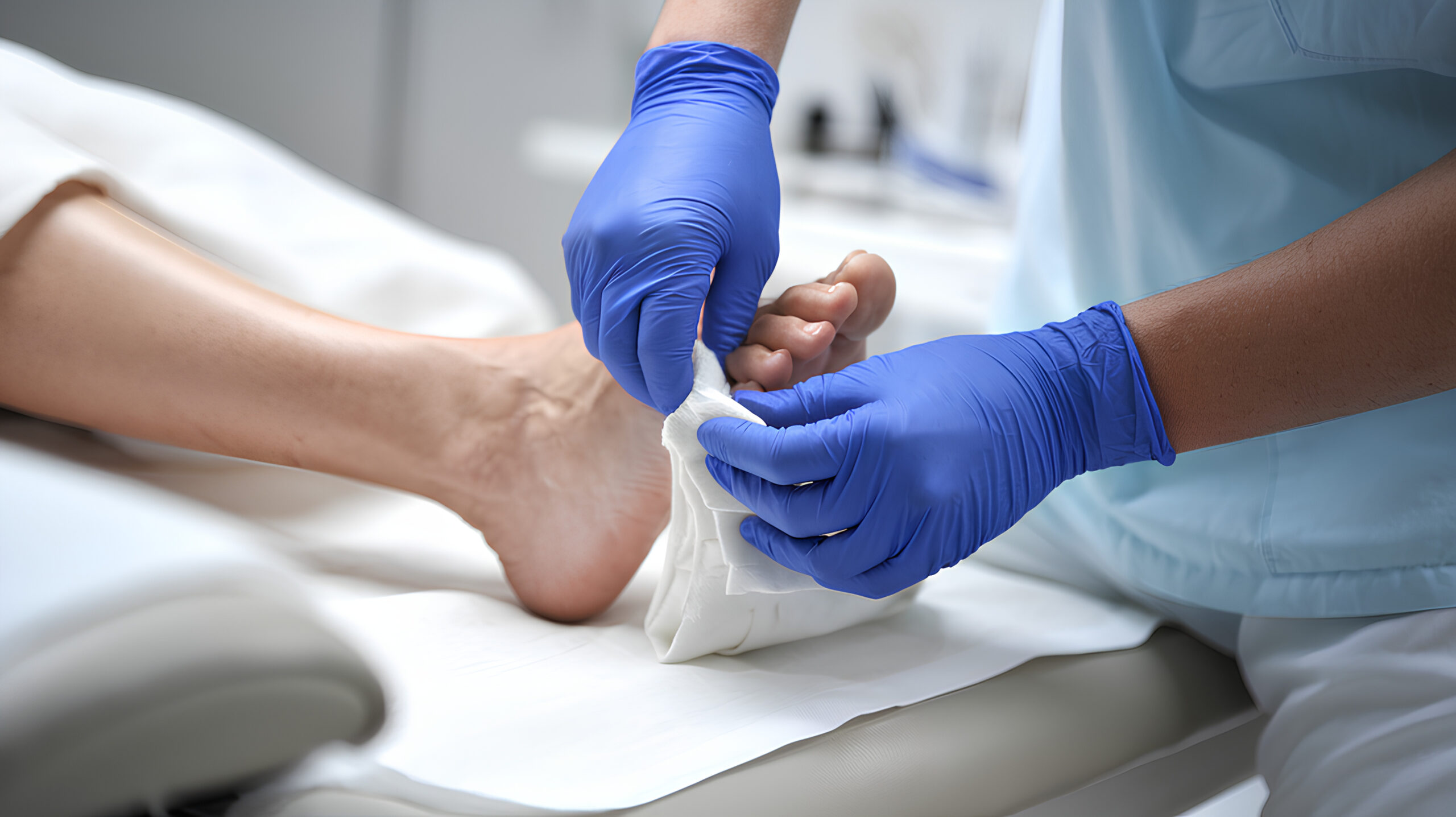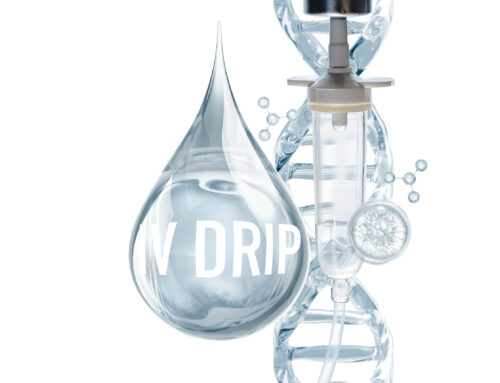If you’re injured, some wounds take longer to heal. This condition often results from a lack of oxygen. That’s why hyperbaric oxygen therapy (HBOT) can support wound healing.
HBOT involves receiving oxygen in a pressurized chamber filled with oxygen.
So, how does it work, and why is it so effective?
The Basics: How HBOT Works
Consider being in a submarine or airplane compartment specifically engineered to provide pure oxygen under pressure. This principle represents how a hyperbaric chamber works. During therapy, patients breathe 100% oxygen (compared to around 21% oxygen in regular air). At the same time, the chamber’s pressure is raised to about two to two-and-a-half times the normal atmospheric pressure.
This combination of pure oxygen and higher pressure uniquely affects your body. Your blood can transport substantially more oxygen than usual. In fact, during therapy, oxygen levels in your blood might rise to 1500 millimeters of mercury – much higher than the regular oxygen level.
Therefore, this supercharged oxygen delivery system can help those not receiving adequate oxygen through conventional treatment methods.
Why Oxygen is Important in Wound Healing
Consider how wounds heal naturally to understand why this additional oxygen is vital. When you are wounded, your body needs oxygen for several life processes:
1. Fighting Infection: Your white blood cells require oxygen to eliminate hazardous germs successfully.
2. Building New Blood Vessels: A process called angiogenesis, which is necessary for healing.
3. Creating New Tissue: Cells depend on oxygen to create collagen, renewing and mending tissue.
4. Reducing Swelling: Proper oxygen levels can help reduce inflammation and swollen tissues.
When wounds fail to heal correctly, it is generally due to a low oxygen supply. If blood flow is impaired, broken blood vessels occur, or edema becomes a problem, an increased oxygen supply can help.
Types of Wounds that HBOT Treats
Based on significant studies and clinical experience, HBOT is proven helpful for various wounds and ailments.
Diabetic Wounds
People with diabetes frequently develop foot ulcers that do not heal. These wounds are severe because they can cause amputation if not treated properly. HBOT can dramatically increase the healing rates of these chronic wounds by increasing oxygen flow to the afflicted regions.
Radiation Injuries
Patients who get radiation treatment for cancer may have tissue damage months or even years later. HBOT treatment has demonstrated significant efficacy in treating both soft tissue (radionecrosis) and bone damage (osteoradionecrosis) induced by radiation. The therapy helps regenerate blood vessels and promotes healing in these damaged areas.
Compromised Skin Grafts
When patients undergo skin transplants, the new skin may not adjust properly to its new site. HBOT applications can significantly increase the survival percentage of these grafts, ensuring that the transplanted tissue receives adequate oxygen during the early healing phase.
Crush and Traumatic Wounds
In severe incidents involving crushed injuries or severely injured tissues, HBOT can help reduce swelling and promote recovery.
Gas Gangrene and Necrotic Infections
These wounds are dangerous and sometimes cause fatal infections. HBOT can make a significant difference. Also, Clostridium perfringens (C. perfringens) infections—gangrene infections or gas gangrene—can destroy tissues when they enter a wound. The bacteria create toxins that kill the muscle tissue at the infected site.
High oxygen levels help kill some microbes and strengthen the immune system. Studies also show fewer HBT deaths.
Treatment Experience: What to Expect
When patients get HBOT, they usually experience:
1. Pretreatment: Your doctor will look at your wound to determine if you should undergo HBOT.
2. Pressure Increase: The pressure gradually increases when you enter the chamber.
3. Treatment: You’ll breathe pure oxygen for a specific time – usually 90 minutes. However, the length of your session depends on your medical condition.
5. Pressure Decrease: The chamber gently depressurizes.
6. Multiple Sessions: Most people require numerous treatments, usually 20-40 sessions.
Possible Side Effects
HBOT is a safe treatment. However, patients may experience side effects. For example, some people experience temporary nearsightedness, fatigue, or an ear irritation similar to “airplane ear.”*
*People may experience airplane ear during takeoff or landing. The sudden change in air pressure can cause a popping sensation or muffled sounds. You can stop the irritation by swallowing or chewing gum.
When you receive HBOT, skilled medical personnel monitor the sessions to ensure your safety and health.
The Science Behind HBOT’s Success
Recent research shows the effectiveness of HBOT.
1. Increased Oxygen: The significant disparity between oxygen levels in the blood and injured tissue stimulates oxygen flow in oxygen-depleted regions.
2. Growth Factor Stimulation: HBOT causes the release of chemicals that promote healing.
3. Stem Cell Mobilization: The therapy can help activate and guide stem cells to the wounded site.
4. Anti-inflammatory Effects: Increased oxygen levels can prevent inflammation.
Present Challenges and Future Directions
While HBOT has demonstrated encouraging effects, several obstacles remain:
Treatment Timing
Many people ask:
- When should treatment begin for various sorts of wounds?
- How many sessions is ideal?
These questions have no conclusive answers yet, but current research offers additional guidance.
Patient Selection
Not all patients with comparable wounds respond equally well to HBOT. Researchers continue to review the criteria to determine which patients will most likely benefit from the treatment.
Accessibility and Cost
HBOT chambers are expensive to run and not readily available in every location. This fact might make it difficult for some people to get therapy.
Making a Decision: Is HBOT Right For You?
If you’re contemplating HBOT, here are some points you should address with your healthcare provider:
1. Wound Type and Severity: Does your disease usually react well to HBOT?
2. General Health: Do you have any medical issues that might make HBOT risky?
3. Commitment: Can you commit to the necessary number of therapy sessions?
4. Alternative therapies: What therapies may be effective for your condition, and can you combine them with HBOT?
Maximizing Treatment Success.
To get the most out of HBOT treatment, consider these tips:
1. Follow all pre-treatment instructions: Avoid specific drugs or activities that may affect your treatments.
2. Maintain Regular Wound Care: HBOT is most effective when combined with regular wound care and prescribed therapies.
3. Keep all appointments: Consistent therapy equals success.
4. Report Any Problems: Tell your caregivers if you’re experiencing any adverse effects.
5. Track progress: Track how your wound is responding to treatments. You might journalize how you’re feeling and how you’re healing.
Conclusion
Hyperbaric Oxygen Therapy (HBOT) offers the boost needed for anyone whose wound is not healing correctly. While you must commit to the treatment, it will go a long way toward improving your condition and even your state of mind.






